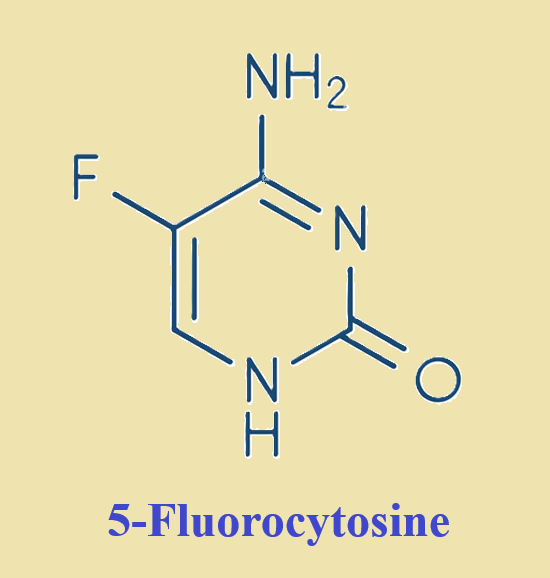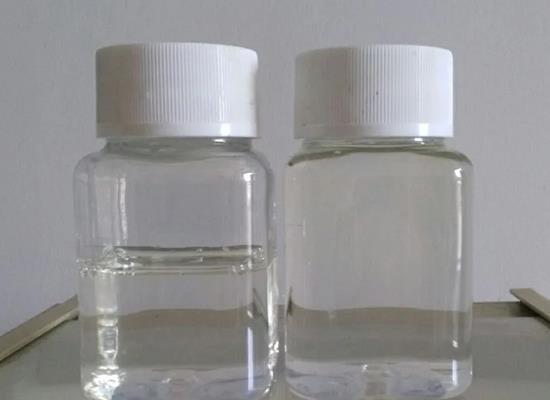Triethylene Glycol Dimethacrylate: Properties and Induction of Apoptotic Proteins in Pulp Fibroblasts
Feb 22,2024
General Description
Triethylene glycol dimethacrylate is a key component in resin-based composites used in dentistry, but its leaching can lead to cytotoxic effects on pulp and gingival fibroblasts. Studies have shown that Triethylene glycol dimethacrylate induces apoptotic cell death in fibroblast cells, particularly through the upregulation of pro-apoptotic proteins such as Bid, Bim, Caspase 3, Caspase 8, and Cytochrome c. These effects occur through both intrinsic and extrinsic apoptotic pathways. The concentration of leached Triethylene glycol dimethacrylate from resin-based composites has been calculated to be clinically significant for causing potential pulp tissue injury. Understanding and controlling the leaching of Triethylene glycol dimethacrylate, as well as its cytotoxic effects, are crucial considerations for the development and application of resin-based composites in clinical dentistry. Further research is needed to explore potential preventive or reversal strategies for Triethylene glycol dimethacrylate-induced apoptosis in dental applications.
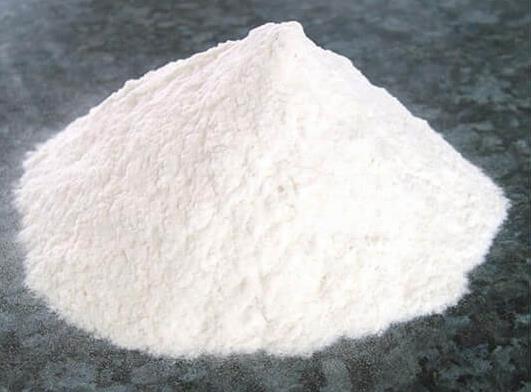
Figure 1. Triethylene glycol dimethacrylate
Properties
Triethylene glycol dimethacrylate is a crucial component in resin-based composites, constituting around 30-50% of these materials. It is added to enhance viscosity and improve the clinical manageability of RC. However, Triethylene glycol dimethacrylate has been found to leach due to incomplete polymerization or degradation of the restoration, leading to cytotoxic effects on pulp and gingival fibroblasts. Studies have shown that unpolymerized Triethylene glycol dimethacrylate from RC and dental adhesives can induce apoptotic cell death rather than necrotic cell death in fibroblast cells. Apoptosis is a regulated cell death process that results in cell shrinkage without membrane integrity loss, contrasting with necrosis, an uncontrolled process causing cell swelling and membrane damage. Importantly, apoptosis triggers minimal inflammatory responses compared to necrosis. The concentration of leached Triethylene glycol dimethacrylate from RC to pulp tissues has been calculated to be around 4 mM, which falls within the clinically significant range for causing potential pulp tissue injury. The dilution factor across dentin plays a role in determining the amount of Triethylene glycol dimethacrylate reaching pulp fibroblasts. Therefore, controlling the leaching of Triethylene glycol dimethacrylate and understanding its cytotoxic effects are essential considerations in the development and application of resin-based composites in clinical dentistry. 1
Induction of Apoptotic Proteins in Pulp Fibroblasts
Triethylene Glycol Dimethacrylate is a monomer commonly found in dental composites, and its leaching into the human pulp has been associated with apoptotic processes. However, the specific apoptotic proteins involved in this mechanism have not been fully elucidated. Therefore, this study aimed to identify the apoptotic proteins influenced by TEGDMA-induced apoptosis in human pulp fibroblasts (HPFs). In a study, HPFs were exposed to varying concentrations of Triethylene Glycol Dimethacrylate, and cell cytotoxicity was assessed. It was found that Triethylene Glycol Dimethacrylate exhibited cytotoxic effects at concentrations equal to or greater than 0.50 mM. Subsequently, at a non-cytotoxic concentration (0.25 mM TEGDMA), cell lysates were prepared, and the protein concentrations were determined. The levels of 43 apoptotic proteins were then examined using Human Apoptosis Array kits. The results revealed that exposure to Triethylene Glycol Dimethacrylate led to significant increases in several pro-apoptotic proteins, including Bid, Bim, Caspase 3, Caspase 8, and Cytochrome c at 24 hours. Additionally, certain anti-apoptotic proteins were also found to be altered in response to Triethylene Glycol Dimethacrylate exposure. From these findings, it can be concluded that Triethylene Glycol Dimethacrylate induces the upregulation of multiple pro-apoptotic proteins in HPFs, particularly those involved in the intrinsic (mitochondrial) pathway after six and 24 hours, as well as the activation of various pro-apoptotic proteins in the extrinsic pathway at 24 hours. Notably, the activation of pro-apoptotic proteins in the extrinsic pathway seemed to enhance some of the intrinsic pro-apoptotic proteins at 24 hours. Moreover, the study highlighted the need for further research to understand the overall impact of TEGDMA-induced apoptosis on pulp tissue and to explore potential preventive or reversal strategies. In summary, this investigation provides valuable insights into the apoptotic effects of Triethylene Glycol Dimethacrylate on pulp fibroblasts, shedding light on the intricate interplay of apoptotic proteins and pathways. Further research is crucial to fully comprehend the implications of these findings and to develop targeted interventions to mitigate TEGDMA-induced apoptosis in dental applications. 2
Reference
1. Geurtsen W. Biocompatibility of resin-modified filling materials. Crit Rev Oral Biol Med. 2000;11(3):333-355.
2. Batarseh G, Windsor LJ, Labban NY, Liu Y, Gregson K. Triethylene glycol dimethacrylate induction of apoptotic proteins in pulp fibroblasts. Oper Dent. 2014;39(1):E1-E8.
- Related articles
- Related Qustion
- Triethylene glycol dimethacrylate: activities and applications Nov 13, 2023
Despite its cytotoxic effects, Triethylene glycol dimethacrylate is vital for creating antibacterial dental composites with desirable properties.
- What is Triethylene glycol dimethacrylate? Dec 30, 2019
Triethylene glycol dimethacrylate (TEGDMA) is a diester formed by condensation of two equivalents of methacrylic acid and one equivalent of ethylene glycol.
Yes. The therapeutic fluoropyrimidines 5-fluorouracil (5-FU) and 5-fluorocytosine (5-FC) have long been used to treat human cancer and severe invasive fungal infections, respectively.....
Dec 16,2024Biochemical Engineering3-Mercapto-1,2-propanediol is a versatile compound with physical and physiological properties used in various fields, including cryopreservation, but safety guidelines must be followed.....
Feb 22,2024APITriethylene glycol dimethacrylate
109-16-0You may like
Triethylene glycol dimethacrylate manufacturers
- Triethylene glycol dimethacrylate
-
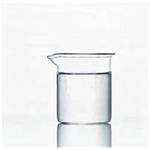
- $6.00 / 1kg
- 2025-01-09
- CAS:109-16-0
- Min. Order: 1kg
- Purity: 99%
- Supply Ability: 2000KG/Month
- Triethylene glycol dimethacrylate
-
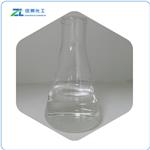
- $45.00/ kg
- 2025-01-09
- CAS:109-16-0
- Min. Order: 1kg
- Purity: 99%
- Supply Ability: 20ton
- Polyester resin,black
-
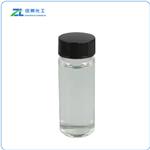
- $60.00 / 1kg
- 2025-01-09
- CAS:109-16-0
- Min. Order: 1kg
- Purity: 99
- Supply Ability: 5000




